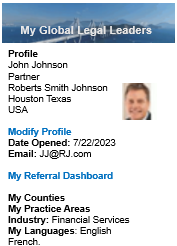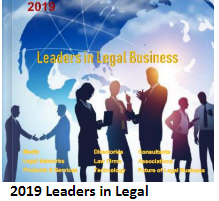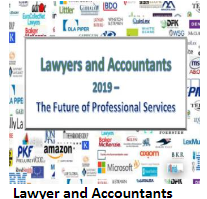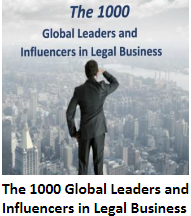|
GLL - 109 languages
|
Global Legal Leaders - Insights
Recent Posts
Showing 41 to 50 of 72 Insights
|
Leading Legal Organizations
Insight FavoritesRecent Insights |

 Software
Software Law
Law Legal
Legal






